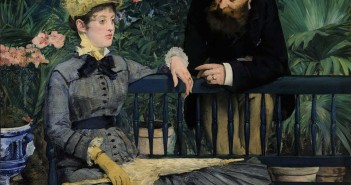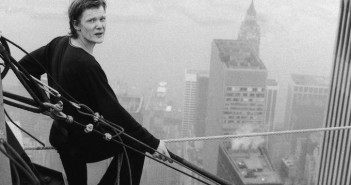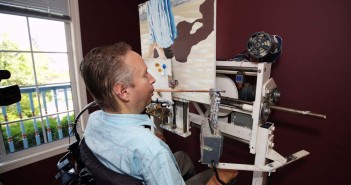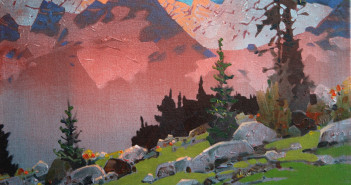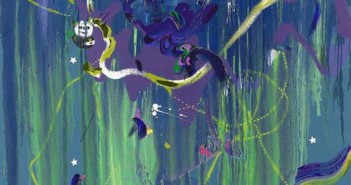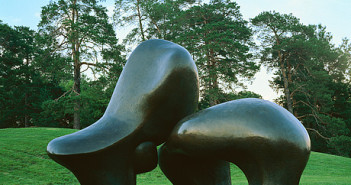
Why talk?
Yesterday, a New York art consultant emailed with a list of questions:
What inspires you to create your work?
How do you relate what you do today to the art of the preceding decades?
Are you very interested in what other artists of your generation are making today? Does that inspire you or do you push forth your own direction despite what goes on anywhere else?
How do you see your work moving forward in the future?

